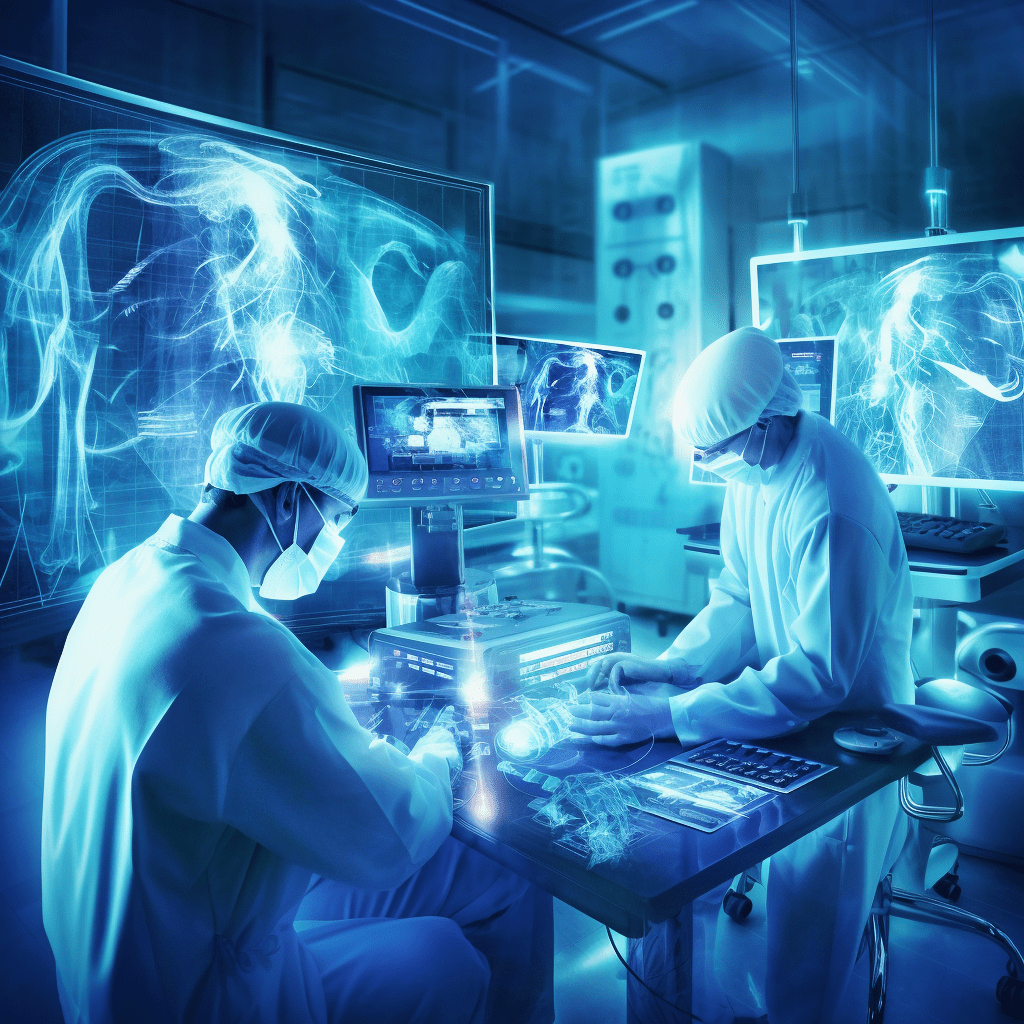Biopharmaceutical Manufacturing Techniques: Paving the Way for Life-Saving Drugs
 2 years ago
By John Lewis Elopre
2 years ago
By John Lewis Elopre

In the realm of modern medicine, biopharmaceuticals have emerged as a game-changer. These complex molecules, derived from living organisms, have revolutionized the treatment of various diseases and medical conditions. Biopharmaceutical manufacturing plays a crucial role in producing these life-saving drugs, making it an indispensable field in the pharmaceutical industry. In this article, we will delve into the world of biopharmaceutical manufacturing techniques, exploring the advancements that have accelerated the production of these critical medications.
Understanding Biopharmaceuticals
What are Biopharmaceuticals?
Biopharmaceuticals, also known as biologics, are medical products derived from living cells using biotechnological techniques. Unlike traditional pharmaceutical drugs, which are chemically synthesized, biopharmaceuticals are produced through biological processes. These drugs offer highly targeted and effective treatments for a wide range of diseases, including cancer, autoimmune disorders, and rare genetic conditions.
The Significance of Biopharmaceuticals
Biopharmaceuticals have transformed patient care by addressing unmet medical needs. Their ability to target specific biological pathways with reduced side effects has significantly improved treatment outcomes. They have paved the way for personalized medicine and revolutionized the management of chronic and life-threatening illnesses.
Biopharmaceutical Manufacturing Process
Upstream Processing
The manufacturing process of biopharmaceuticals begins with upstream processing. This stage involves the cultivation of living cells that serve as the production factories for the desired therapeutic proteins. Cell culture techniques are employed to optimize growth conditions and maximize protein production.
Fermentation
Fermentation is a critical aspect of upstream processing. It entails providing the cells with the necessary nutrients and environmental conditions to facilitate protein expression. Bioreactors, which are large-scale vessels, are used to create an ideal environment for cell growth and protein synthesis.
Cell Harvesting
After the cells have reached the desired protein yield, they are harvested from the bioreactors. The cellular material is then processed to separate the target protein from other cellular components.
Downstream Processing
Downstream processing follows cell harvesting and involves the purification and isolation of the target biopharmaceutical molecule. Multiple purification steps are performed to obtain a highly pure and potent drug substance.
Chromatography
Chromatography is a crucial technique in downstream processing. It uses various separation methods to separate different components based on their physicochemical properties, allowing for the isolation of the target biopharmaceutical.
Formulation and Final Product
Once the target biopharmaceutical is purified, it undergoes formulation to make it suitable for clinical use. The final product is then subjected to rigorous quality control to ensure its safety and efficacy.
Advancements in Biopharmaceutical Manufacturing
Single-Use Bioreactors
Traditionally, stainless steel bioreactors were used for large-scale biopharmaceutical production. However, the advent of single-use bioreactors has revolutionized the industry. These disposable bioreactors offer cost-effective and flexible solutions, reducing the risk of cross-contamination and speeding up production.
Continuous Bioprocessing
In recent years, continuous bioprocessing has gained momentum. Unlike batch processing, which involves discrete steps, continuous bioprocessing integrates various stages of biopharmaceutical manufacturing into a continuous flow system. This approach reduces production time, minimizes resource consumption, and enhances product consistency.
Advanced Analytics and Process Monitoring
The integration of advanced analytics and real-time process monitoring has significantly improved process control and product quality. Biopharmaceutical manufacturers now utilize cutting-edge technologies to monitor critical parameters during production, ensuring optimal conditions for protein expression.
Gene Editing Techniques
Recent breakthroughs in gene editing, such as CRISPR-Cas9, have opened new possibilities in biopharmaceutical manufacturing. These techniques allow for precise modifications of cellular genomes, enhancing the production of therapeutic proteins and improving the overall efficiency of the manufacturing process.
Key Takeaways
Biopharmaceutical manufacturing techniques have propelled the pharmaceutical industry into a new era of medical advancements. With their ability to produce highly targeted and effective treatments, biopharmaceuticals have transformed patient care and disease management. The continuous advancements in manufacturing processes, along with the integration of cutting-edge technologies, promise even greater achievements in the production of life-saving drugs.
FAQs
Q: What are biopharmaceuticals?
A: Biopharmaceuticals are medical products derived from living cells using biotechnological techniques.
Q: How do biopharmaceuticals differ from traditional drugs?
A: Biopharmaceuticals are produced through biological processes using living cells, while traditional drugs are chemically synthesized.
Q: What role does upstream processing play in biopharmaceutical manufacturing?
A: Upstream processing involves the cultivation of living cells to produce therapeutic proteins.
Q: What is the significance of single-use bioreactors in biopharmaceutical manufacturing?
A: Single-use bioreactors offer cost-effective and flexible solutions, reducing the risk of contamination and speeding up production.
Q: How have gene editing techniques impacted biopharmaceutical manufacturing?
A: Gene editing techniques, such as CRISPR-Cas9, have improved the efficiency of protein production and overall manufacturing processes.

Navigating the Complex World of Global Regulatory Affairs in Oncology
In today's fast-paced global pharmaceutical landscape, the regulatory affairs sector plays a pivotal role in ensuring the safety, efficacy, and market access of oncology drugs. As the demand for innovative cancer therapies continues to grow, understanding the intricacies of global...
2 years agoNavigating the Complex World of Global Regulatory Affairs in Oncology
In today's fast-paced global pharmaceutical landscape, the regulatory affairs sector plays a pivotal role in ensuring the safety, efficacy, and market access of oncology drugs. As the demand for innovative cancer therapies continues to grow, understanding the intricacies of global...
2 years ago
Overcoming the Hurdles: Navigating the Challenges in Oncology Clinical Trials
In the world of medical research, oncology clinical trials are at the forefront of innovation and discovery. These trials play a crucial role in advancing our understanding of cancer and developing more effective treatments. However, the path to successful oncology...
2 years agoOvercoming the Hurdles: Navigating the Challenges in Oncology Clinical Trials
In the world of medical research, oncology clinical trials are at the forefront of innovation and discovery. These trials play a crucial role in advancing our understanding of cancer and developing more effective treatments. However, the path to successful oncology...
2 years ago
Embracing a Patient-Centric Approach in Oncology Trials
In the realm of healthcare and medical research, the term "patient-centric" has gained significant traction in recent years. This shift in focus towards prioritizing patients' needs and preferences is not only transforming the healthcare industry but is also making waves...
2 years agoEmbracing a Patient-Centric Approach in Oncology Trials
In the realm of healthcare and medical research, the term "patient-centric" has gained significant traction in recent years. This shift in focus towards prioritizing patients' needs and preferences is not only transforming the healthcare industry but is also making waves...
2 years ago